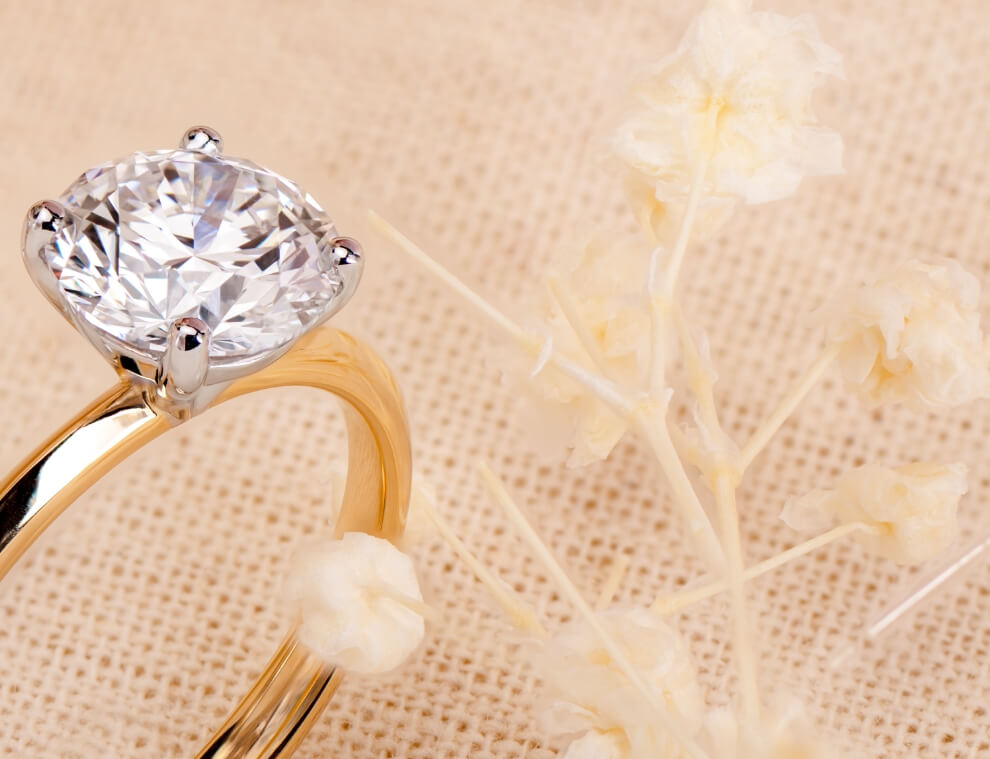In recent years, lab-grown diamonds have emerged as a significant player in the world of gemstones, challenging traditional notions about what makes a diamond valuable. As these diamonds gain popularity, their impact on various cultures and societies becomes increasingly relevant. This article delves into the cultural implications of lab diamonds and cultures, examining how different cultures perceive and integrate these stones into their traditions and practices.
Table of Contents
Understanding Lab-Grown Diamonds
What Are Lab-Grown Diamonds?
Lab-grown diamonds are diamonds that are created in controlled laboratory environments using advanced technological processes. Unlike natural diamonds, which form over millions of years under the Earth’s surface, lab-grown diamonds are produced within weeks. These diamonds possess the same physical, chemical, and optical properties as their natural counterparts, making them virtually indistinguishable.
The Technology Behind Lab-Grown Diamonds
Two primary methods are used to create lab-grown diamonds: High Pressure High Temperature (HPHT) and Chemical Vapor Deposition (CVD). HPHT mimics the natural conditions of diamond formation, while CVD uses a different approach to deposit carbon atoms onto a substrate. Both methods result in diamonds of exceptional quality and purity.
The Cultural Impact of Lab-Grown Diamonds
Western Cultures: Embracing the Modern Era
In Western cultures, lab-grown diamonds are often viewed through a lens of innovation and sustainability. The growing awareness of environmental and ethical issues associated with traditional diamond mining has led many individuals to consider lab-grown options. For example, in the United States and Europe, lab-grown diamonds are increasingly popular for engagement rings and other fine jewelry.
Ethical and Environmental Considerations
Lab-grown diamonds are seen as a more ethical and environmentally friendly choice compared to mined diamonds. They offer a solution to the issues of conflict diamonds and the environmental damage caused by mining practices. As a result, they resonate with consumers who prioritize sustainability and ethical sourcing.
Market Trends and Acceptance
The acceptance of lab-grown diamonds in Western markets is evident in the increasing number of retailers offering them. Major jewelry brands and designers are incorporating lab-grown diamonds into their collections, and some even specialize exclusively in these stones. This shift reflects a growing trend towards modernity and responsible consumerism.
Eastern Cultures: Tradition Meets Innovation
In Eastern cultures, such as those in India and China, the acceptance of lab-grown diamonds is influenced by traditional values and practices. While lab-grown diamonds are gaining recognition, they often face a unique set of challenges in these regions.
Traditional Values and Symbolism
In many Eastern cultures, natural diamonds carry significant symbolic value. They are often associated with status, wealth, and longevity. Lab-grown diamonds, being a relatively new phenomenon, are still in the process of gaining similar cultural significance. Traditional values can sometimes overshadow the modern appeal of lab-grown diamonds.
Emerging Trends
Despite the strong presence of traditional values, there is a growing interest in lab-grown diamonds in Eastern cultures. In India, for example, the increasing focus on ethical practices and sustainability is leading to a gradual acceptance of lab-grown diamonds. Similarly, in China, the younger generation’s openness to new technologies and innovations is contributing to the growing popularity of these diamonds.
Middle Eastern Cultures: A Blend of Tradition and Modernity
Middle Eastern cultures, known for their rich history and appreciation for luxury, are also beginning to explore the realm of lab-grown diamonds. The region’s traditional emphasis on opulence and status is meeting the modern allure of lab-grown diamonds.
Luxury and Innovation
In the Middle East, luxury and exclusivity are highly valued. Lab-grown diamonds, with their high quality and lower price point, present an appealing alternative to natural diamonds. The blending of traditional luxury with modern innovation is creating a unique space for lab-grown diamonds in the region’s jewelry market.
Adoption and Market Growth
The adoption of lab-grown diamonds in the Middle East is gradually increasing. Retailers and jewelers are beginning to offer these stones, catering to consumers who seek both luxury and ethical considerations. As awareness grows, lab-grown diamonds are expected to become more prominent in the region’s jewelry landscape.
The Future of Lab-Grown Diamonds Across Cultures
Bridging Cultural Gaps
As lab-grown diamonds continue to evolve, their acceptance across different cultures is likely to expand. The key to their success lies in bridging cultural gaps and addressing the specific values and concerns of each region. By highlighting the ethical, environmental, and technological benefits of lab-grown diamonds, the industry can foster a broader appreciation for these modern gems.
The Role of Education and Awareness
Education and awareness play a crucial role in shaping the perception of lab grown diamonds. As more people become informed about the benefits and characteristics of these stones, their acceptance is expected to increase. This educational effort should be tailored to address cultural nuances and provide relevant information that resonates with diverse audiences.
Looking Ahead
The future of lab-grown diamonds is promising, with the potential to redefine the jewelry industry across cultures. As technology advances and societal values evolve, lab-grown diamonds are poised to become a significant part of the global jewelry market. Their impact on cultures around the world will continue to grow, offering a fresh perspective on the timeless allure of diamonds.
